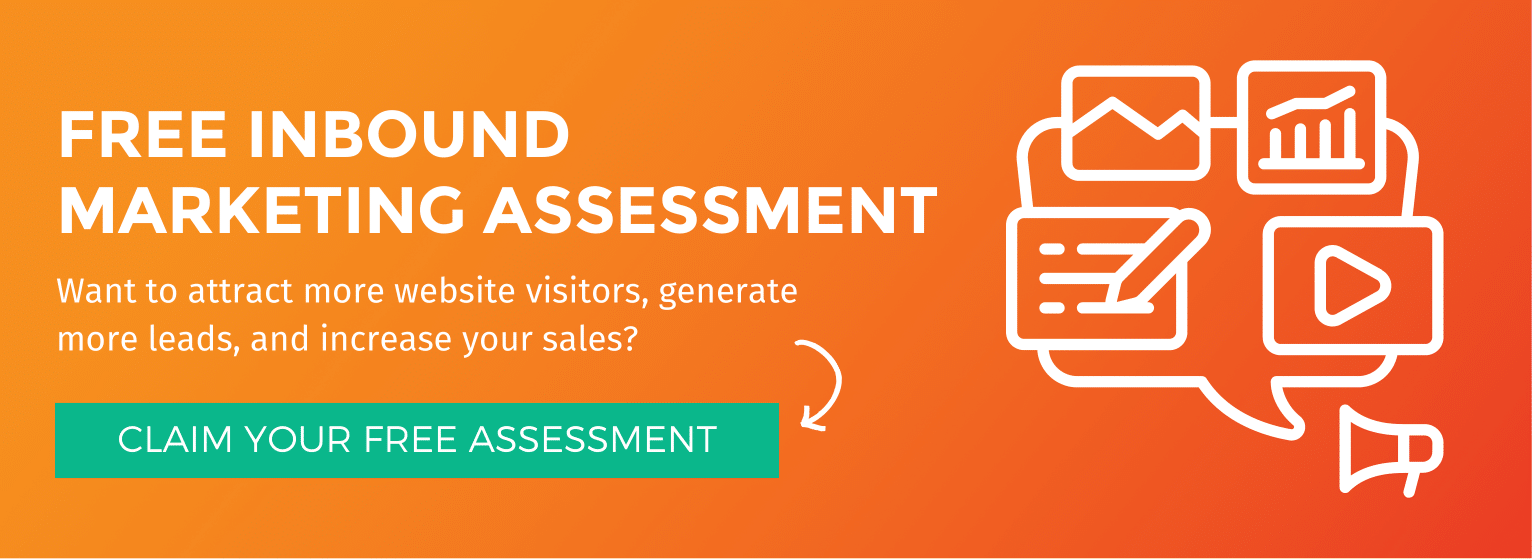Inbound Marketing Vs Traditional Marketing – What's The Difference?

When you own a business that offers a certain set of products or services, you are marketing those services, whether you realise it or not. For years now, people have seen marketing as businesses trying to push and sell you their products or services and, for a long time, that would probably have been true. Marketing used to be all about telling consumers they needed your products or services without actually thinking about their specific needs.
That type of marketing, also known as traditional or outbound marketing, is no longer the dominant form of marketing. The rise of inbound marketing has changed the way businesses market and sell their products and services to the consumers. Inbound marketing requires you to think more about your potential customers’ needs rather than trying to sell to them.
Buyer-Centric Vs Seller-Centric
One easy way to tell Inbound and traditional marketing apart is to look at the focus of each method. Traditional marketing is seller-centric, meaning you market to those you think are a good fit. Inbound marketing, on the other hand, is buyer-centric, meaning you try to solve a good fit’s problems.
Let’s go back sixty years. If you spilt red wine on your carpet, for example, and didn’t already know how to get it out, how would you aim to solve the issue? If you didn’t have any carpet cleaning knowledge, where would you get the information? The fact is, it wouldn’t have been as easy to find the necessary information back then as it would be today. That means you would’ve had to just call a carpet cleaner. Today, however, buyers have a lot more information easily available to them. If you spilt red wine on your carpet today, you’d search the internet for possible fixes that you could make yourself before calling a carpet cleaner. This also means that we, as buyers, have higher expectations for a relevant, personal experience when making a purchase – if we have a problem, we want it to be acknowledged and solved rather than just receiving a sales pitch.
Chasing Customers Vs Letting Them Come To You
Traditional marketing, as mentioned above, is more focused on making a sale, rather than offering a tailored solution based on a consumer’s problems. Traditional marketing, which can include using print advertisements such as ads in newspapers, newsletters and leaflets, and broadcast advertisements such as radio ads promoting the business or its products or services. While this method is good for getting to more consumers, it won’t really spark their interest unless you provide something they know they already want or need.
Inbound marketing, on the other hand, is all about creating content that will help a consumer rather than just promoting the business. Inbound marketing is more focused on using the internet to provide content. This content can include:
Inbound marketing uses different content at the three key stages of the buyer’s journey (the journey a consumer goes through after learning about your business):
- Awareness – Videos, blog posts, slideshares, free tools, ebooks
- Consideration – Webinars, case studies, FAQ Sheets, Whitepapers, Reviews
- Decision – Free trials, ROI Reports, product demos, consultations, quotes
Inbound marketing focuses on turning prospects (someone who visits your site that you have minimal data on or a website visitor who has filled out a form for an email newsletter or blog sign-up) into a lead (a contact that has submitted a form in return for a content offer such as an ebook). The lead is then nurtured until they are ready to buy from you and become a customer.
Keeping The Customer
One of the huge focuses with inbound marketing is customer retention. Customer acquisition costs more than customer retention so it is important to try to keep as many customers as possible rather than just work on getting them to make one purchase and then move on. It is important to remember to attract and retain customers. How do you retain customers? You delight them! How do you delight customers? You delight them with great customer service!
With inbound marketing, you stay in touch with the customer through emails, for example. Creating personalised messages lets the customer know that you are still thinking about them and still consider them as important. Customer service comes at every stage of the buyer’s journey and everyone in the business is responsible for it. If a customer has even one bad experience with your business, it is likely they won’t use your services again. It’s all about listening to a customer and then providing them with the content they need and doing everything possible to exceed their expectations.
With the inbound methodology, you first attract prospects, convert them to leads, close them to sales, and then delight them. The delight stage is the most important as it essential to actually keeping customers and, if you are delighting your customers, they may recommend your business. This is free marketing for your business.
Are You Ready To Turn To Inbound?
While there are advantages to traditional marketing, if you want to keep up with or stand out from your competitors, you may want to consider inbound marketing. Here at the JDR Group, we are specialists in inbound marketing and have years of experience in helping businesses improve their marketing and get more customers. Speak to a member of our friendly team to find out more about how we can help you. Also, check out this article to find out more about how you can make the right choice when choosing an inbound agency - How To Make The Right Choice With An Inbound Marketing Agency.


